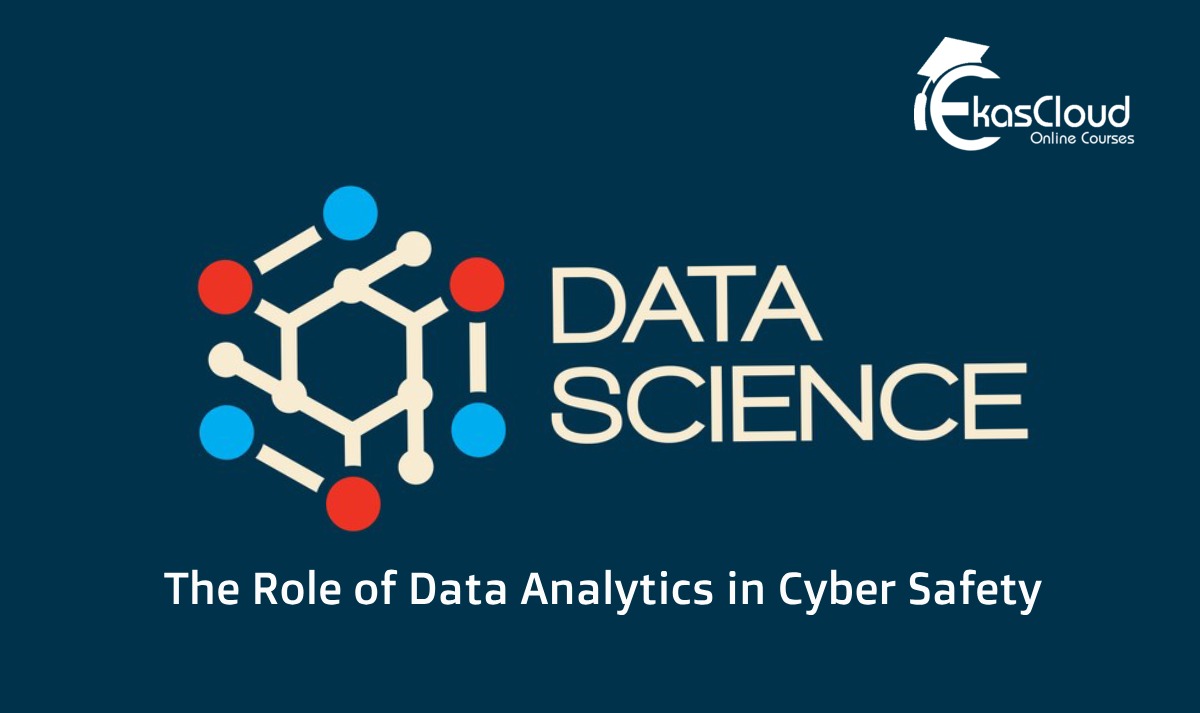
Data analytics plays a crucial role in enhancing cyber safety by providing organizations with valuable insights into their security landscape. It involves the collection, analysis, and interpretation of vast amounts of data generated by various sources within an organization's network infrastructure. By leveraging data analytics techniques, organizations can detect and prevent cyber threats, identify vulnerabilities, and enhance their overall security posture. Here are some key roles of data analytics in cyber safety:
1. Threat Detection and Prevention: Data analytics enables the identification of patterns, anomalies, and indicators of compromise (IOCs) within network traffic, system logs, and other security data sources. By analyzing historical and real-time data, organizations can detect and respond to cyber threats, such as malware infections, phishing attacks, and unauthorized access attempts, in a timely manner. Advanced analytics techniques, like machine learning and behavioral analytics, can help in predicting and preventing future threats based on historical data patterns.
2. Incident Response and Forensics: When a security incident occurs, data analytics helps in investigating the event, understanding its scope, and gathering evidence. By analyzing log files, network traffic, and system data, analysts can reconstruct the timeline of events, identify the attack vectors, and determine the extent of the damage. This analysis enables organizations to respond effectively, mitigate the impact, and prevent similar incidents in the future.
3. Vulnerability Management: Data analytics assists in identifying and prioritizing vulnerabilities within an organization's IT infrastructure. By analyzing vulnerability assessment reports, patch management data, and threat intelligence feeds, organizations can identify the most critical vulnerabilities that require immediate attention. Analytics can also help in prioritizing remediation efforts based on factors such as the potential impact, exploitability, and the value of the affected assets.
4. User Behavior Analytics (UBA): UBA leverages data analytics to monitor and analyze user behavior patterns within an organization's network. By establishing baselines and identifying deviations from normal behavior, UBA can detect insider threats, compromised accounts, and unauthorized access attempts. By analyzing user activity logs, login patterns, and access privileges, organizations can identify and respond to suspicious activities promptly.
5. Security Analytics for Cloud Environments: As organizations increasingly adopt cloud services, data analytics plays a vital role in monitoring and securing cloud-based environments. By analyzing log data, API calls, and configuration settings, organizations can detect unauthorized access, data exfiltration, and other cloud-specific threats. Analytics also helps in monitoring compliance with security policies and identifying misconfigurations that could lead to vulnerabilities.
6. Threat Intelligence and Risk Assessment: Data analytics enables organizations to leverage threat intelligence feeds and external data sources to enhance their understanding of emerging threats and trends. By analyzing threat data and contextual information, organizations can assess their exposure to specific risks and prioritize their security measures accordingly. Analytics can also help in identifying potential weaknesses in an organization's security controls and assist in proactive risk mitigation.
In summary, data analytics is a powerful tool for enhancing cyber safety. By leveraging data-driven insights, organizations can improve threat detection, incident response, vulnerability management, and user monitoring. This proactive approach helps in minimizing the impact of cyber threats, reducing the attack surface, and continuously improving an organization's security posture.







